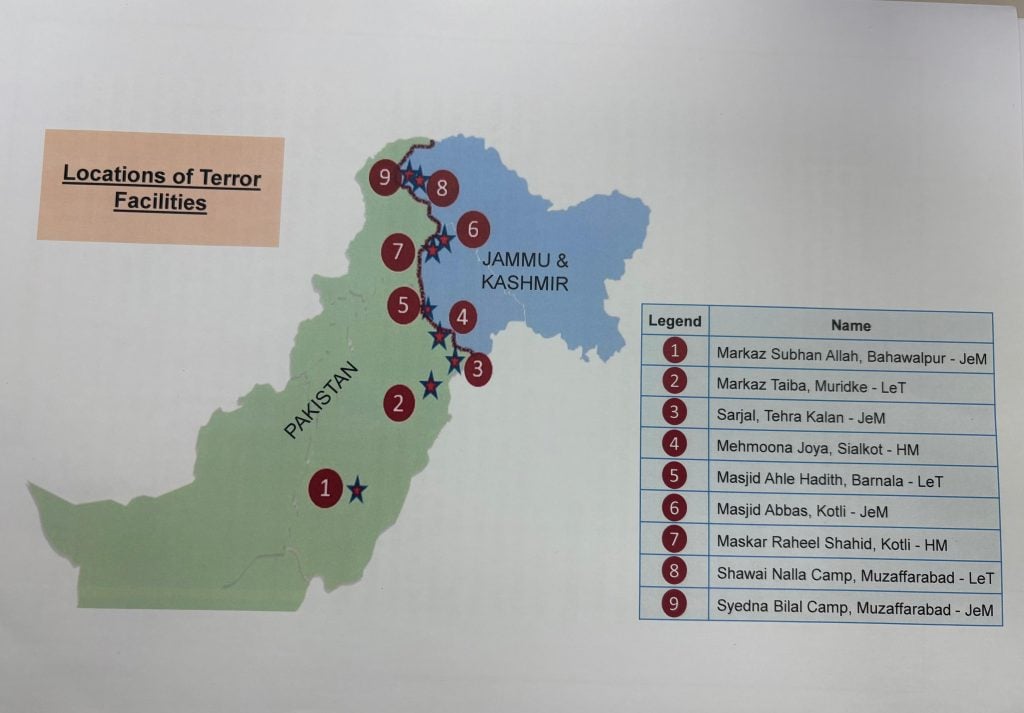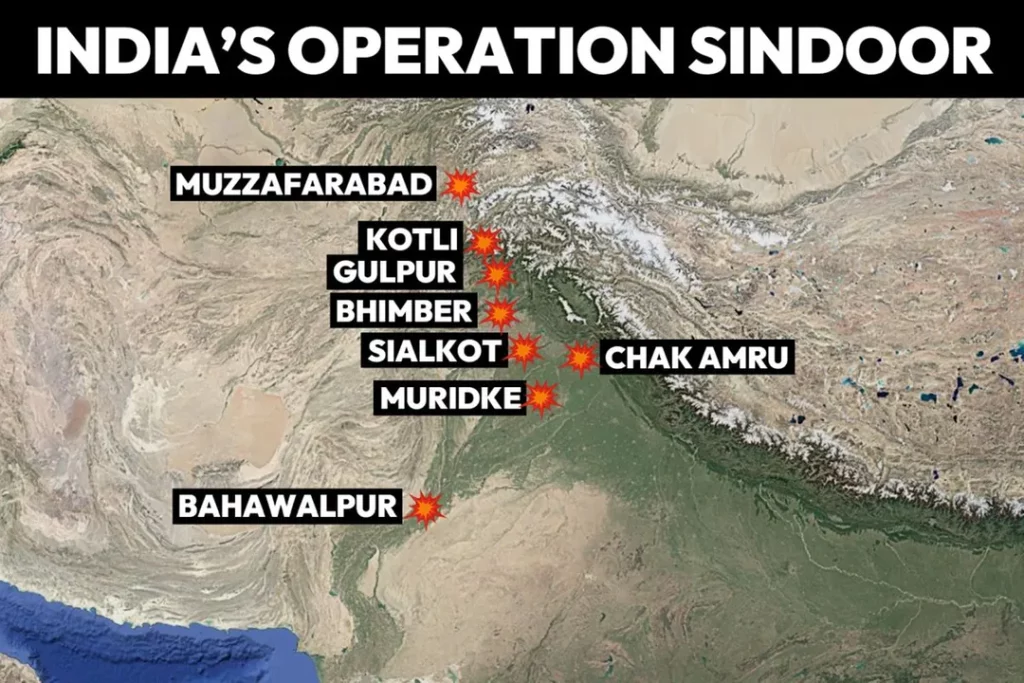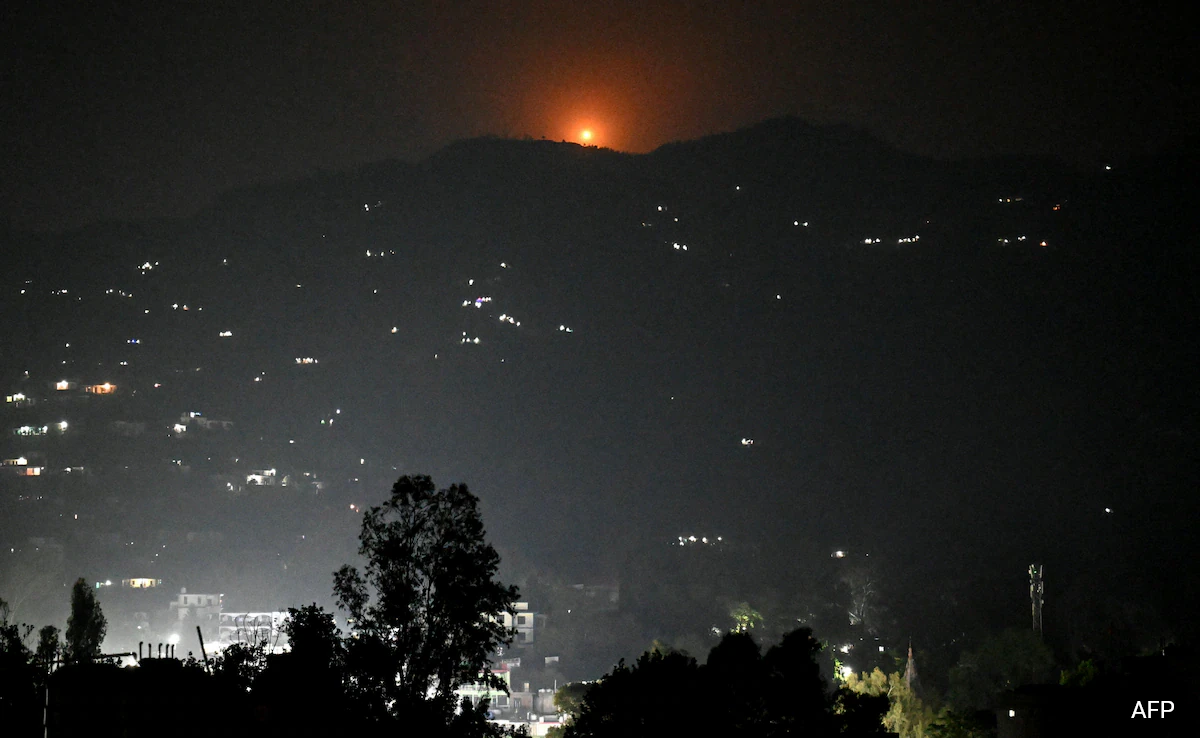Operation Sindoor marks a significant chapter in India’s military history, showcasing the nation’s resolve to combat terrorism. This operation, executed by the Indian Armed Forces, has garnered attention not only for its strategic implications but also for its broader geopolitical consequences. Here are ten essential facts about Operation Sindoor that you should know.
1. The Genesis of Operation Sindoor
Operation Sindoor was initiated in response to a tragic terrorist attack in Pahalgam, Kashmir, which resulted in the loss of 26 innocent lives, including tourists. This brutal incident ignited a wave of national outrage and prompted the Indian government to take decisive action against terrorist infrastructure.

- Background Context: The attack highlighted the persistent threat posed by terrorist organizations operating from across the border, particularly in Pakistan and Pakistan-occupied Kashmir (PoK).
- Government Response: Prime Minister Narendra Modi vowed to hold those responsible accountable, setting the stage for a military response.
2. A Joint Military Operation
For the first time since the 1971 war, the Indian Army, Navy, and Air Force collaborated in a unified operation against Pakistan. This unprecedented joint effort underscores the seriousness with which India approached the threat of terrorism.
- Coordination Among Forces: The operation involved meticulous planning and coordination among the three branches of the military, utilizing their unique capabilities to achieve a common objective.
- Execution Time: The strikes were carried out in the early hours of May 7, 2025, at approximately 1:44 AM, ensuring maximum surprise and effectiveness.

3. Targeting Terrorist Infrastructure
The primary objective of Operation Sindoor was to dismantle terrorist infrastructure linked to groups such as Jaish-e-Mohammed (JeM) and Lashkar-e-Taiba (LeT). The operation targeted nine specific sites believed to be involved in planning and executing attacks against India.
- Precision Strikes: The Indian forces employed advanced precision strike weapon systems, including Kamikaze drones, designed to minimize collateral damage while effectively neutralizing the targets.
- Focus on Terror Camps: Notably, the operation was conducted with a clear mandate to avoid Pakistani military installations, emphasizing India’s restraint and focus on counter-terrorism.
4. Immediate Consequences
The aftermath of Operation Sindoor saw significant disruptions in air travel across northern India. The Airports Authority of India confirmed the closure of several airfields, including Srinagar, due to heightened security concerns.
- Air Travel Impact: Major airlines, including IndiGo and SpiceJet, suspended operations in affected regions, advising passengers to check flight statuses before traveling.
- Military Readiness: In response to the operation, Pakistan heightened its military readiness, placing its air force on high alert and warning of potential retaliation.
5. International Reactions
The operation drew attention not only within India but also on the global stage. The United Nations Security Council convened to discuss the escalating tensions between India and Pakistan, emphasizing the need for de-escalation and dialogue.
- Global Concerns: International leaders, including U.S. President Donald Trump, expressed concern over the situation, urging both nations to exercise restraint and seek peaceful resolutions.
- Pakistan’s Response: Pakistan condemned the strikes as an “act of war,” claiming civilian casualties and asserting its right to respond at a time of its choosing.
6. The Strategic Significance
Operation Sindoor is not merely a military response; it represents a strategic shift in India’s approach to counter-terrorism. By demonstrating its willingness to take decisive action, India aims to deter future attacks and send a clear message to terrorist organizations.
- Deterrence Strategy: The operation serves as a warning to groups operating from Pakistani soil, signaling that India will not tolerate cross-border terrorism.
- Strengthening National Security: This operation is part of a broader strategy to enhance India’s national security framework and protect its citizens from external threats.
7. The Role of Technology
The success of Operation Sindoor can be attributed in part to the advanced technology employed by the Indian Armed Forces. The use of precision-guided munitions and drones reflects a modern approach to warfare that prioritizes accuracy and efficiency.
- Kamikaze Drones: These loitering munitions are designed to crash into targets, carrying warheads that can effectively neutralize threats with minimal collateral damage.
- Intelligence Gathering: The operation was supported by extensive intelligence gathering, ensuring that the selected targets were accurately identified and assessed.
8. Civil Defense Measures
In light of the operation and the potential for retaliatory actions, the Indian government has initiated civil defense measures to prepare citizens for any eventualities.
- Mock Drills and Training: Authorities are conducting mock drills to train civilians on how to respond to potential air raids, emphasizing the importance of preparedness in uncertain times.
- Public Awareness Campaigns: The government is also working to raise awareness about safety protocols and emergency procedures among the populace.
9. The Broader Geopolitical Context
Operation Sindoor occurs within a complex geopolitical landscape, where India and Pakistan have a long history of conflict, particularly over the Kashmir region. This operation adds another layer to the ongoing tensions between the two nations.
- Historical Context: The Kashmir dispute has been a flashpoint for conflict since the partition of India in 1947, with both countries claiming the territory in full.
- Potential for Escalation: The operation raises concerns about the possibility of an all-out conflict, as both nations navigate the delicate balance between military action and diplomatic engagement.
10. Looking Ahead
As the dust settles from Operation Sindoor, the focus shifts to the future. The Indian government must navigate the aftermath of the operation while addressing the underlying issues that fuel conflict in the region.
- Diplomatic Efforts: Continued diplomatic engagement with international partners will be crucial in managing tensions and seeking long-term solutions to the Kashmir issue.
- National Unity: The operation has the potential to unite the Indian populace in support of national security efforts, reinforcing the importance of collective action against terrorism.
In conclusion, Operation Sindoor represents a pivotal moment in India’s fight against terrorism, showcasing the nation’s military capabilities and resolve. As the situation evolves, it is essential for both India and Pakistan to engage in dialogue and seek peaceful resolutions to their longstanding conflicts. The world watches closely as these two nations navigate the complexities of their relationship in the wake of this significant military operation.













